In the aftermath of a catastrophic earthquake that struck Myanmar, more than 2,700 lives were lost. The tragedy unfolded on March 28 when a powerful 7.7 magnitude quake hit the region, causing widespread destruction and leaving countless individuals trapped under debris.
Rescue and relief efforts faced significant obstacles as military authorities obstructed access to the most affected areas. Despite junta chief Min Aung Hlaing’s rare appeal for international humanitarian aid, logistical challenges hindered the delivery of crucial assistance. This led to a delay in reaching survivors during the critical “golden window” period where prompt help is vital for saving lives.
“I would like to invite any country, any organisation, or anyone in Myanmar to come and help,” Min Aung Hlaing expressed his plea for aid.
John Quinley from Fortify Rights pointed out the unnecessary hurdles imposed by the military on rescue efforts, questioning their motives and highlighting the urgency of streamlined assistance.
As rescue teams grappled with restrictions imposed by the authorities, valuable time slipped away. The death toll continued to rise, with over 2,886 confirmed fatalities attributed to the earthquake.
The challenges escalated further when an aid convoy came under attack from military forces in Shan State. This incident underscored a disturbing trend where aid workers faced direct threats while trying to deliver essential supplies to those in need.
“They pick and choose when aid can go in… actively target humanitarian workers,” Mr Quinley revealed concerning actions by the junta towards aid providers.
This exploitation of humanitarian assistance is not new in Myanmar’s conflict-ridden landscape. The military regime has been accused of strategically directing aid resources based on their control over territories, exacerbating disparities in relief distribution.
The longstanding civil unrest following the junta’s power grab has created a volatile environment where access to critical aid is weaponized against vulnerable populations.
While facing bureaucratic hurdles imposed by government regulations on humanitarian agencies operating within Myanmar, some organizations have resorted to covert methods for delivering essential support despite official constraints.
Humanitarian groups navigate stringent regulations through underground networks and creative financial strategies outside traditional banking systems.
Although recent pleas for international assistance may signal potential openings for smoother operations, concerns persist regarding whether aid will be channeled effectively to reach those most impacted by disasters like earthquakes.
With uncertainties looming over how relief efforts will unfold amidst ongoing hostilities and political maneuvers within Myanmar’s power structures, there remains a pressing need for vigilant monitoring of aid distribution processes.
“We need to monitor if [Min Aung Hlaing] allows aid in – but is it actually reaching people in need?” John Quinley emphasized vigilance amid doubts surrounding official intentions towards relief operations.
Navigating through layers of complexity and conflicting agendas underscores the arduous task ahead for humanitarian actors striving to ensure equitable access to vital resources amidst tumultuous conditions prevailing across Myanmar’s war-torn terrain.



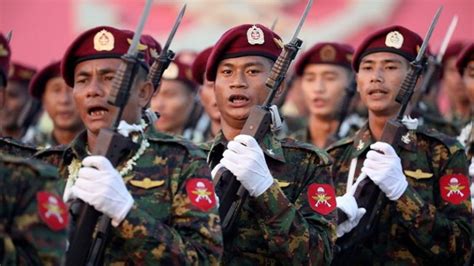
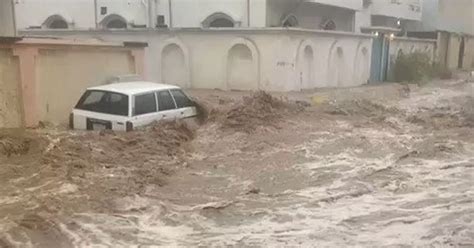

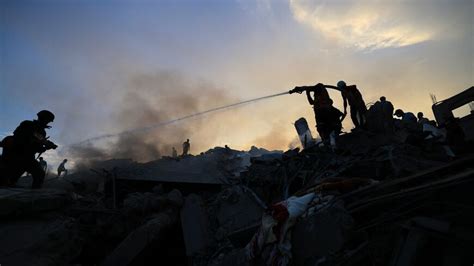
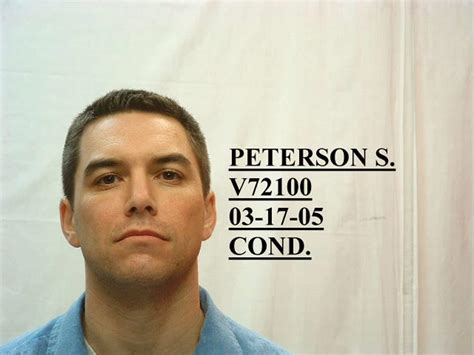
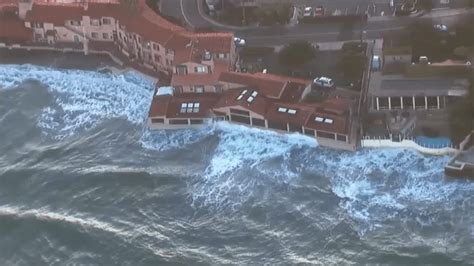
Leave feedback about this